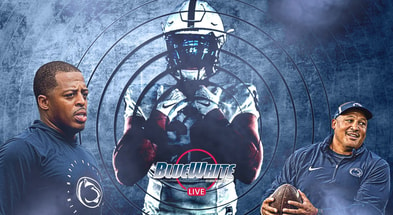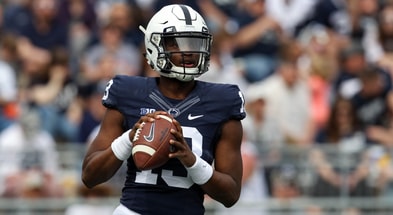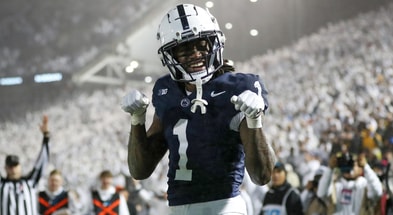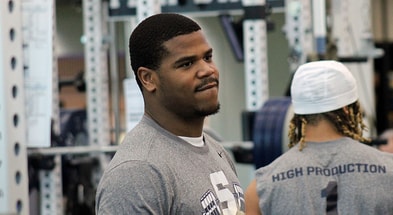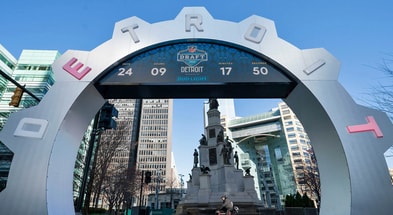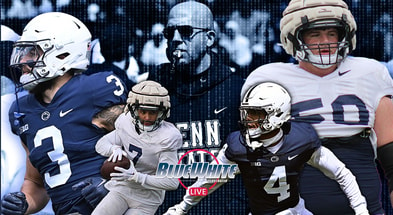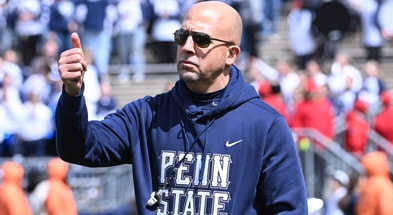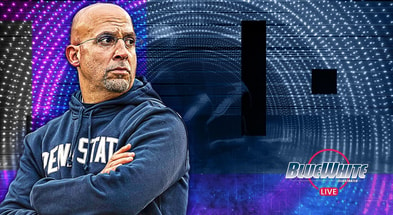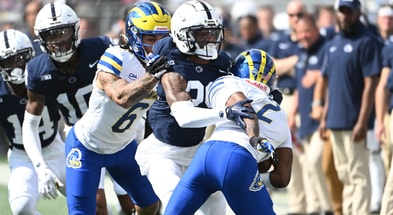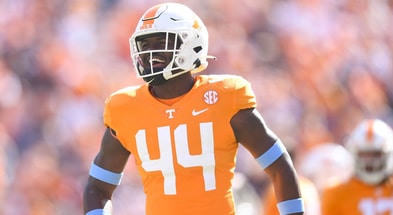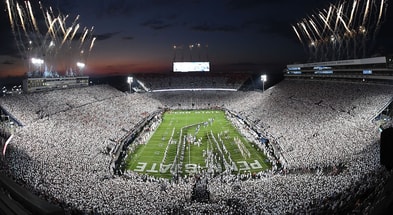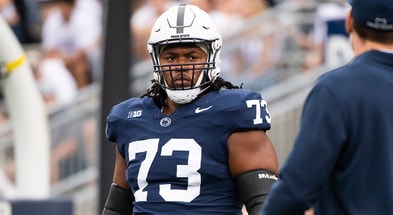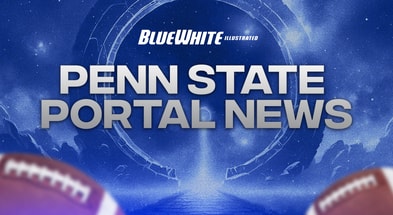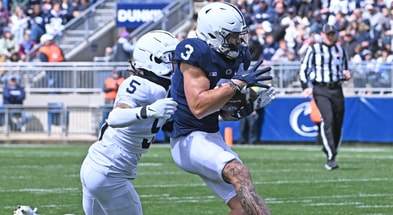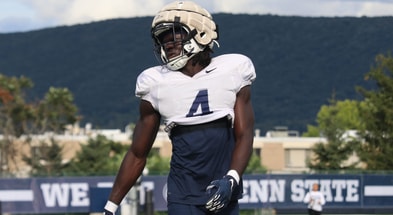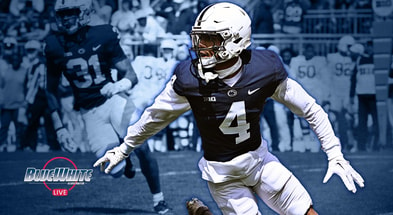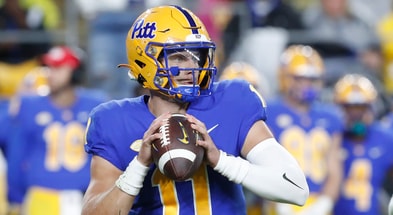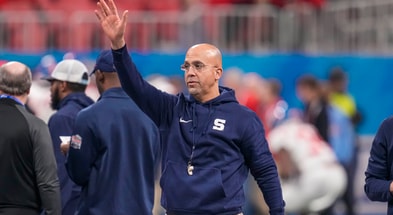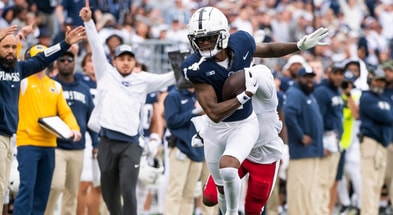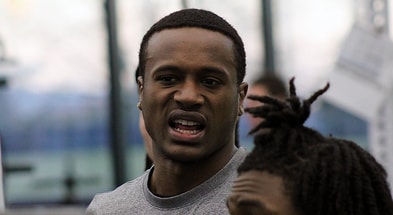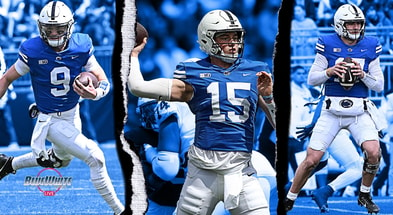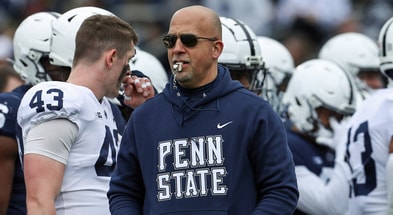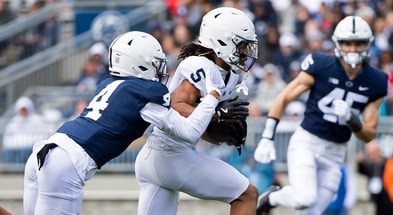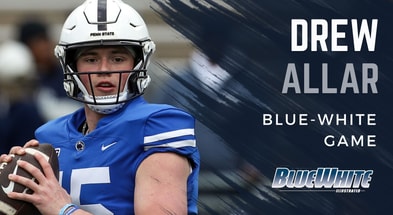Clarity helps Penn State fight murky month of uncertainty: Column
Meeting with the media following Michigan State’s win over Penn State on Wednesday evening, Tom Izzo put words to what others typically don’t. Asked to discuss an unusual, genial in-game interaction with Micah Shrewsberry, the plain-spoken veteran head coach said he wanted to communicate his respect for the Nittany Lion program.
In the process, purposefully or not, he offered a window into the current, murky state of major college athletics.
“There are a few of us coaches that still get along and won’t fight over the NIL and the transfer portal,” Izzo joked. “Us two aren’t fighting over that, trying to rob each other’s players or anything.”
Izzo and Shrewsberry aren’t, but others are. As the power players of college football work through December, the notion is particularly true at this very moment.
Coming out of the conclusion of the sport’s regular season and championship weekend, the floodgates have opened to chaos. Rosters have been pored over to solidify players returning and exiting. That’s due to transfers or early entry into the NFL Draft process. The NCAA transfer portal has officially opened, welcoming hundreds and hundreds of players seeking new programs. Coaches and recruiting staffers are scrambling to maintain the commitments of their respective classes for the 2023 cycle. They’re also adding finishing touch pieces to the puzzle.
And all of it is happening, either directly or indirectly, within the broad haze of name, image, and likeness implications. In a high-stakes environment in which the advent of NIL has exponentially intensified the already brutally competitive nature of roster management, this month is the apex of that upward trajectory.
Surveying stakeholders to better understand the dynamics at play, some clarity has emerged at Penn State and beyond.
From an overarching perspective, and a conversation for another time and place, the NCAA model for college football is broken. At the forefront of the issue is the attempt to straddle the legally-required ability of players to earn money while maintaining their status as amateur student-athletes without contracts.
Within that framework, collectives have emerged as the primary vehicle for, effectively, creating a donor-funded salary pool for current players and enticing new ones. Estimates across the college football landscape are that top programs have, and are furiously working to maintain and build upon, a war chest of $10 million or more. (How those slush funds replenish in future cycles, once doled out, remains to be seen.)
For coaches attempting to operate within the rules, that has created an ability to offer examples of potential future earnings, be it in the immediacy of the transfer portal or longer term for rising freshmen. But, the issue is not as simple as working to keep enrolled players placated with as little investment as possible while targeting and spending disproportionately to fill immediate needs in the portal. As other programs have demonstrated, doing so can create a toxic imbalance upending locker rooms and culture, an element of which Penn State places a high priority.
And for players and their families, it has created an atmosphere in which determining market value for oneself is mystery. Though agents permitted to work on their behalf have a better grasp, not all players choose to seek that guidance. Through that lens, then, the market is in some ways set and swayed by word-of-mouth. In essence, it’s the pursuit of understanding what teammates and national competitors are making.
At Penn State, the picture is one in which the program has worked to stay ahead of the issues. Working internally to secure funding for established players, the point best took shape in James Franklin’s recent response to a question about projected first-round talent Olu Fashanu’s decision to return for the 2023 season.
“We’re excited. I’ve got a great relationship with Olu and his family and it was exciting news,” Franklin said. “But I want to make sure that we’re doing everything we possibly can to support Olu as well.”
That support can and will take shape in a variety of ways. It is notably in the form of a car lease and a substantial insurance policy. And, importantly, it’s endorsement and revenue-sharing opportunities for real-world dollars. Though Fashanu is the easiest example, the same is and will continue to be true of Chop Robinson, Abdul Carter, Drew Allar, Nick Singleton, and others at Penn State.
A worthwhile pursuit given their demonstrated on-field production and overall value to the program, it matches the framework Franklin initially envisioned for Penn State’s NIL approach.
“I’m more concerned about being able to have a really solid, in-depth plan and an aggressive approach so that players that are currently in our program, as well as future players in our program, can look and say, ‘Okay, look at player X. He came to Penn State, he was taken care of. And then once he became a real player, he was taken care of even more,’” Franklin told BWI this summer. “That seems like a parent, or a recruit, or a current player in our program could say, ‘This makes sense.’”
That merit-based system, and Penn State’s forthright communication about it with players and families, has created something resembling a sense of calm in the program this month. But, it hasn’t eliminated the urgency of wanting to be fully prepared for the unknown. Though it has not happened to date, Penn State operates with the understanding that it could at any moment. And in turn, it has created a head-on-a-swivel, heightened state of awareness.
Or, maybe more aptly, it’s not a five-alarm fire until it is.
Not simply hoping to avoid it, Penn State is vigilant about creating the best firewall it can against those circumstances. In this case, that’s through urgency building the apparatuses of NIL support. Those are local business partnerships, cultivating bigger-money donors, and expanding the pool of fans and supporters pledging contributions to its collectives.
It is an amorphous reality, for sure, in which every element plays a part in current and future success. It is also one Penn State is determined to be prepared to handle.
